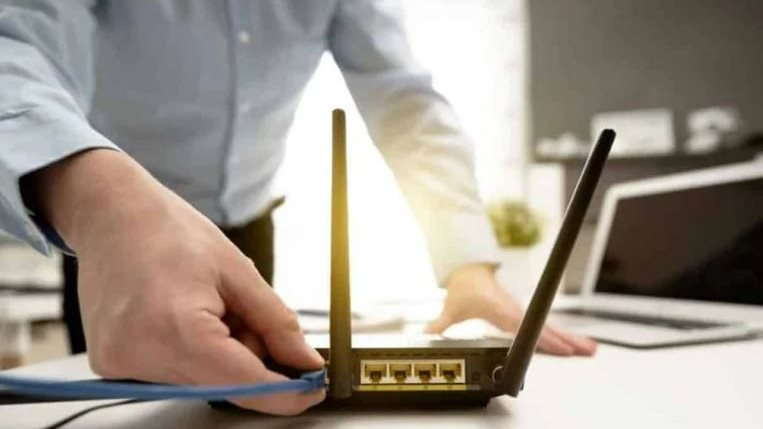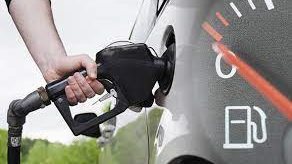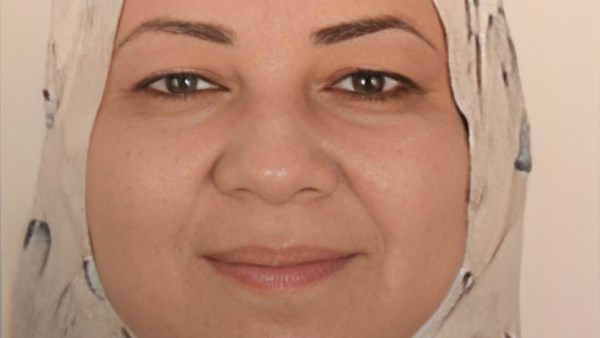Simple USB trick reveals how to make sure your cable is the correct way up EVERY time

It is one of the frustrating laws of modern technology - no matter which way round you try to insert the USB cable into your computer, it will inevitably be the wrong way.
Known as USB uncertainty, many people struggle to know the right way to plug in their cables to the Universal Serial Bus Connector.
But now Paul Pogue from Yahoo Tech has come up with a way of telling at least which is the top and which is the bottom of the cable.
He pointed out that most USB jacks have a small USB logo either printed or embossed on one side of the plastic – this should be at the top.
Almost every computer on the market now uses USB to connect printers, scanners, cameras, speakers and phones.
But for those that do not have this visual reminder, he explained there is another way to tell – look for a metal seam running down one side of the connector.
This, he said, is the bottom of the USB.
In most computers with horizontal ports, keeping the metal seam to the bottom will mean it can be plugged in first time.
For those with vertical ports, keeping the metal seam to the left will also ensure a happy union.
However, it is worth noting that in some cheaper computers the USB circuit boards are often placed upside down meaning the opposite rules need to be applied.
Either way though, once you know which configuration your particular computer has - and you know your top from your bottom - you can use the seam to guarantee success each time.
And once you know the orientation of the drive, you can also look for the the 'USB tongue'.
USB ports are typically designed with a 'tongue' inside the port located along one side.
The seam on the USB should always align with the opposite edge to this tongue. So if the tongue is at the top, the seam will be facing down, on the bottom. If the tongue is at the bottom, the seam will be facing up.
Granted, this trick will save around five seconds - and of course simply looking inside the USB is another way - but it at least removes frustration.
Generally for mini USB ports the widest part of the connector goes to the bottom and the seam sits at the top.
Fortunately all this confusion could be about to come to an end with the new USB-C port, which is to become the new industry wide standard connector.
USB-C can be plugged in with either side up and can transfer about 10 gigabits per second – about twice as fast as the current USB 3.0 cables.
Apple’s new MacBook features a USB-C connector that it uses to charge the laptop and connect peripheral devices like hard drives.
Dell, HP, Google and Samsung are all releasing computers that will use this new cable.
Mr Pogue said: 'USB can be frustrating, though, because you can plug the jack in only one way, and there’s no obvious, universal way to tell which side is up.
'I'm very exicited about the coming dawn of USB-C. It has no right side up or wrong side up and no wrong end.'It is one of the frustrating laws of modern technology - no matter which way round you try to insert the USB cable into your computer, it will inevitably be the wrong way.
Known as USB uncertainty, many people struggle to know the right way to plug in their cables to the Universal Serial Bus Connector.
But now Paul Pogue from Yahoo Tech has come up with a way of telling at least which is the top and which is the bottom of the cable.
He pointed out that most USB jacks have a small USB logo either printed or embossed on one side of the plastic – this should be at the top.
Almost every computer on the market now uses USB to connect printers, scanners, cameras, speakers and phones.
But for those that do not have this visual reminder, he explained there is another way to tell – look for a metal seam running down one side of the connector.
This, he said, is the bottom of the USB.
In most computers with horizontal ports, keeping the metal seam to the bottom will mean it can be plugged in first time.
For those with vertical ports, keeping the metal seam to the left will also ensure a happy union.
However, it is worth noting that in some cheaper computers the USB circuit boards are often placed upside down meaning the opposite rules need to be applied.
Either way though, once you know which configuration your particular computer has - and you know your top from your bottom - you can use the seam to guarantee success each time.
And once you know the orientation of the drive, you can also look for the the 'USB tongue'.
USB ports are typically designed with a 'tongue' inside the port located along one side.
The seam on the USB should always align with the opposite edge to this tongue. So if the tongue is at the top, the seam will be facing down, on the bottom. If the tongue is at the bottom, the seam will be facing up.
Granted, this trick will save around five seconds - and of course simply looking inside the USB is another way - but it at least removes frustration.
Generally for mini USB ports the widest part of the connector goes to the bottom and the seam sits at the top.
Fortunately all this confusion could be about to come to an end with the new USB-C port, which is to become the new industry wide standard connector.
USB-C can be plugged in with either side up and can transfer about 10 gigabits per second – about twice as fast as the current USB 3.0 cables.
Apple’s new MacBook features a USB-C connector that it uses to charge the laptop and connect peripheral devices like hard drives.
Dell, HP, Google and Samsung are all releasing computers that will use this new cable.
Mr Pogue said: 'USB can be frustrating, though, because you can plug the jack in only one way, and there’s no obvious, universal way to tell which side is up.
'I'm very exicited about the coming dawn of USB-C. It has no right side up or wrong side up and no wrong end.'





















